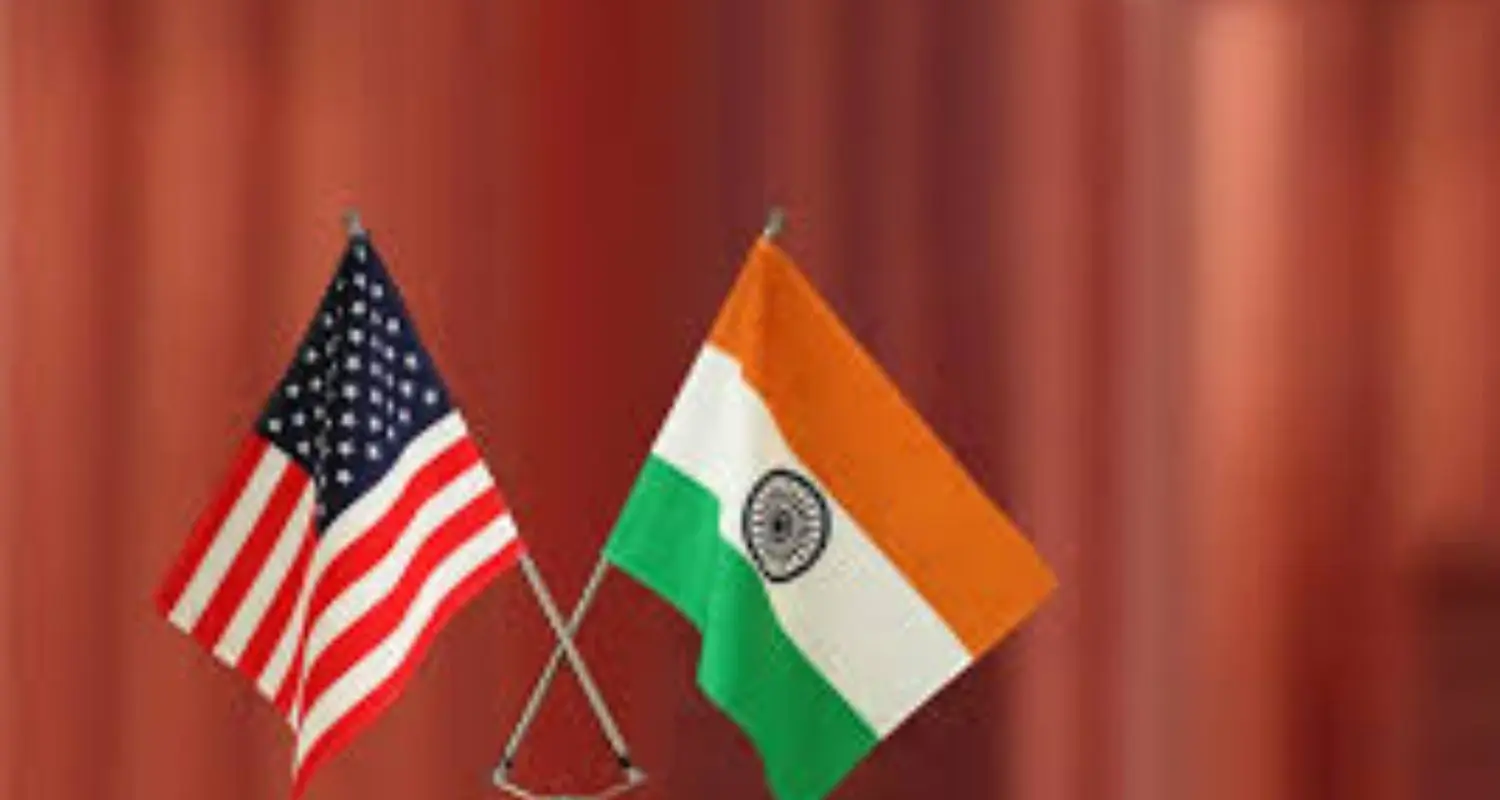Understanding the Deadlock in the India-US Trade Deal: Key Issues Explored

India and the United States are in a race against time to finalize a trade agreement before a significant deadline on July 9. This deadline marks the onset of a 26% reciprocal tariff on Indian goods, a move that could impact various sectors in India. Despite ongoing negotiations led by India’s chief negotiator Rajesh Agarwal in Washington, discussions have hit a snag over several contentious issues. U.S. President Donald Trump has expressed skepticism about extending the tariff suspension but remains optimistic about reaching a deal soon, emphasizing the potential for reduced tariffs that would foster fair competition between the two nations.
Challenges in Agricultural Access
One of the primary sticking points in the negotiations is the U.S. demand for reduced tariffs on agricultural products, including maize and soybeans. The U.S. is pushing for broader market access for a range of products, such as dairy, poultry, and various fruits and nuts. However, this poses a significant challenge for the Indian government, which must consider the interests of its small-scale farmers who rely heavily on these commodities. The Modi administration is particularly concerned about protecting domestic agriculture and addressing health issues related to genetically modified organisms (GMOs).
While India is open to increasing access for certain U.S. products like dry fruits and apples, it remains resistant to concessions on corn, soybeans, wheat, and dairy. The dairy sector is especially sensitive due to cultural dietary preferences in India, with consumers wary of U.S. cattle feeding practices that involve animal by-products. Historically, India has been reluctant to open its agriculture and dairy sectors in trade agreements with other countries, including Australia and the UK. The U.S. insists that any trade agreement must include reduced agricultural duties, which complicates the negotiations further.
India’s Demand for Zero Tariffs
During initial discussions, India sought duty-free access for various products, including textiles, leather goods, and pharmaceuticals. However, U.S. negotiators have dismissed the idea of immediate zero tariffs. They have communicated that the Trump administration cannot eliminate tariffs right away, which has left Indian officials seeking assurances against future tariff impositions after the agreement is finalized. Indian representatives view the proposed 10% baseline tariff as insufficient, although they acknowledge that it would still provide a competitive advantage over other nations facing reciprocal tariffs.
Despite these challenges, some industry representatives have encouraged the Indian government to accept the U.S. terms to expedite the agreement. However, the Indian government remains committed to achieving a balanced deal that addresses the needs of its domestic industries while also accommodating U.S. demands.
Concerns from Indian Industries
U.S. negotiators are also seeking concessions on imports of cars and whiskey, but Indian officials are wary of the lack of reciprocal benefits for their key export sectors, which include textiles, leather products, and automotive components. There are apprehensions that certain automotive parts and iron and aluminum products may still be subject to high sectoral tariffs, which currently range from 25% to 50% depending on the product category. This situation has raised concerns among Indian exporters who fear that the trade deal may not provide adequate benefits for their industries.
Moreover, the Indian government is cautious about the implications of U.S. ethanol imports on its domestic ethanol production initiatives. India’s Ethanol Blended Petrol (EBP) program aims to reduce reliance on imported energy by blending locally produced ethanol with petrol. The introduction of U.S. ethanol could undermine this initiative and adversely affect India’s burgeoning distillery industry, which has made significant investments in local production.
Prospects for an Interim Trade Deal
Recent reports suggest that India and the U.S. may be on the verge of finalizing an interim trade deal as early as the end of this week. While there are still differing perspectives on key issues, both nations appear to be making progress towards an agreement ahead of the first phase of a broader bilateral trade pact expected to be established by the fall. Indian Commerce and Industry Minister Piyush Goyal has indicated that there is optimism for an agreement in the coming days, suggesting that sectors not included in the initial deal should remain hopeful for future negotiations.
As the deadline approaches, the focus remains on finding common ground that satisfies both countries’ interests, with the hope that a successful interim deal could pave the way for a more comprehensive agreement in the future.
Observer Voice is the one stop site for National, International news, Sports, Editor’s Choice, Art/culture contents, Quotes and much more. We also cover historical contents. Historical contents includes World History, Indian History, and what happened today. The website also covers Entertainment across the India and World.
Follow Us on Twitter, Instagram, Facebook, & LinkedIn

